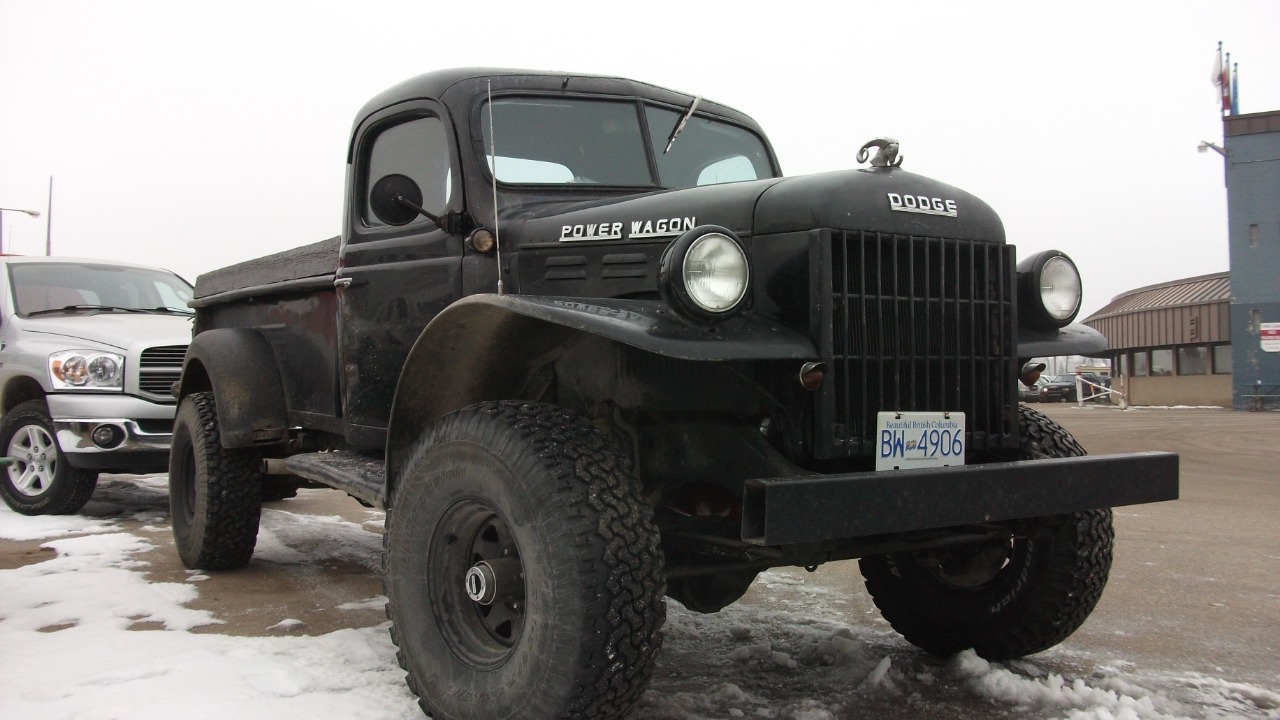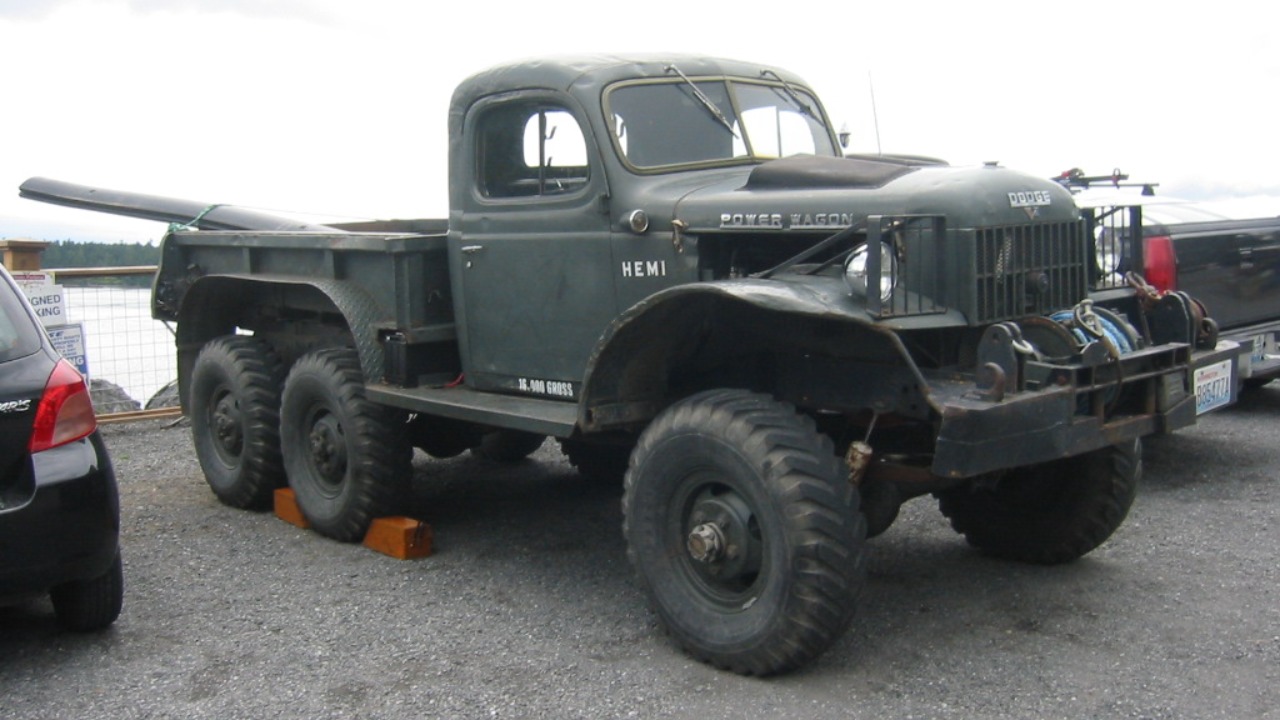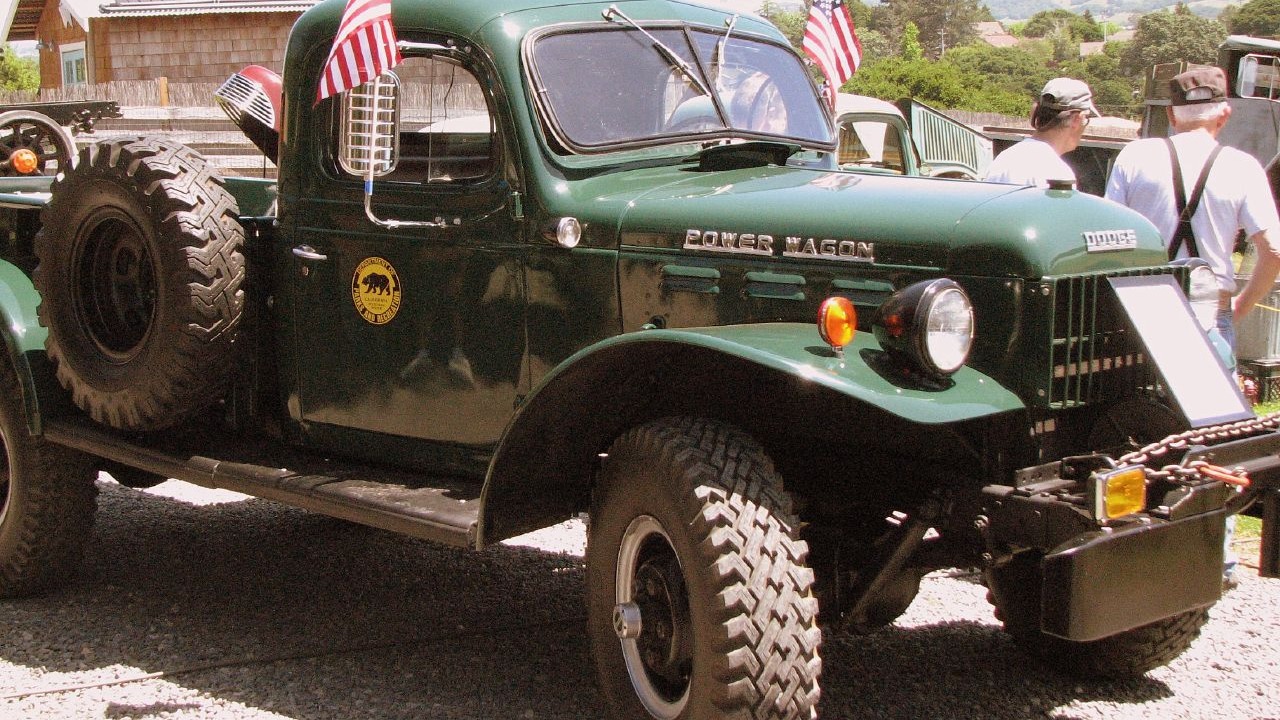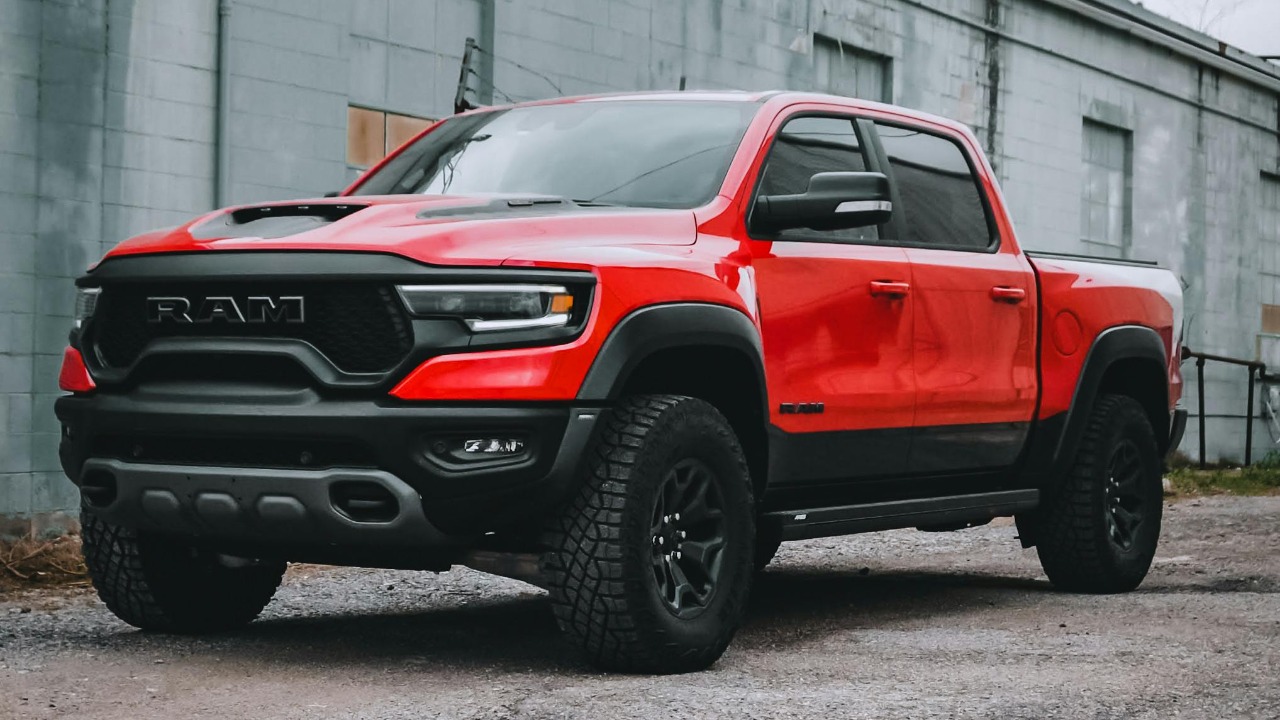
In 1945, Dodge broke new ground in the automotive industry with the introduction of the Power Wagon, the world’s first production civilian off-road pickup truck. This 4×4 vehicle, equipped with a 3.8-liter inline-six engine, live front axle, and four-wheel drive, was designed to tackle rugged terrain, setting a new standard for off-road capability in the pickup segment. The Power Wagon, produced from 1946 to 1968, was built using surplus military components from World War II, including a 90-horsepower engine and a 5,000-pound Gross Vehicle Weight Rating (GVWR)(HotCars).
The Origins of the Dodge Power Wagon

The Power Wagon’s roots can be traced back to the WC-series Dodge 3/4-ton 4×4 trucks used in World War II. Over 300,000 units of these military trucks were produced for the U.S. Army starting in 1941, featuring a 6×6 configuration option and a 201-cubic-inch flathead six-cylinder engine(Car and Driver). In 1945, Dodge transitioned to civilian production, offering the Power Wagon with a 1.5-ton payload capacity, optional winch, and 33×12.50-inch tires. Priced at around $1,800, it became an accessible option for farmers and off-road enthusiasts post-war(HotCars).
Early engineering innovations like the Dana 60 axles and Spicer transfer case provided superior ground clearance of 10.5 inches and a towing capacity of around 5,000-7,500 pounds, distinguishing the Power Wagon from standard 2WD pickups of the era(TopSpeed).
Key Features That Defined Off-Road Innovation

The Power Wagon’s four-wheel-drive system was a game-changer. It used a two-speed transfer case for low-range gearing up to 2.59:1, enabling it to conquer 45-degree inclines and mud depths exceeding 24 inches. This capability far surpassed competitors like the Ford F-Series(Road and Track). The robust chassis design, built on a ladder frame with leaf-spring suspension and a wheelbase of 126 inches, supported a curb weight of 4,300 pounds, offering unmatched durability for off-highway use(Car and Driver).
Another unique feature was the inclusion of a factory-installed Warn winch with 100 feet of cable. This feature, unique to production trucks at the time, enhanced recovery capabilities in remote areas(HotCars).
Evolution and Legacy in Modern RAM Off-Roaders

The Power Wagon’s influence can be seen in later models. The 1972 Power Wagon reintroduction, for instance, featured a 318-cubic-inch V8 engine producing 150 horsepower. This revived the nameplate and sold over 10,000 units annually through the 1980s(TopSpeed). In the 2000s, Dodge unveiled the M80 Ram concept, a mid-size off-road pickup with a supercharged 5.9-liter V8, 475 horsepower, and 40-inch tires. Although it was never produced, it was designed as a spiritual successor to the original Power Wagon(CarBuzz).
Today, the original Power Wagon continues to inspire Ram’s off-road vehicles. The current Ram 2500 Power Wagon trims retain features like 35-inch Goodyear tires, electronic locking differentials, and 12.5 inches of suspension travel, maintaining Dodge’s off-road dominance(Road and Track).
Impact on the Pickup Truck Market

The Power Wagon’s debut in 1946 spurred the 4×4 pickup boom. By 1950, Dodge had captured 25% of the light-truck market, influencing rivals like Chevrolet’s Cameo and GMC’s Suburban to adopt similar systems(Car and Driver). The first-year civilian production saw 45,000 units sold, and by 1968, cumulative sales had exceeded 200,000, establishing off-road pickups as a viable segment beyond utility farming(TopSpeed).
Today, the Power Wagon’s historical significance as the blueprint for adventure-ready trucks is underscored by its collector value. Restored 1946 models can fetch up to $75,000 at auctions(HotCars).